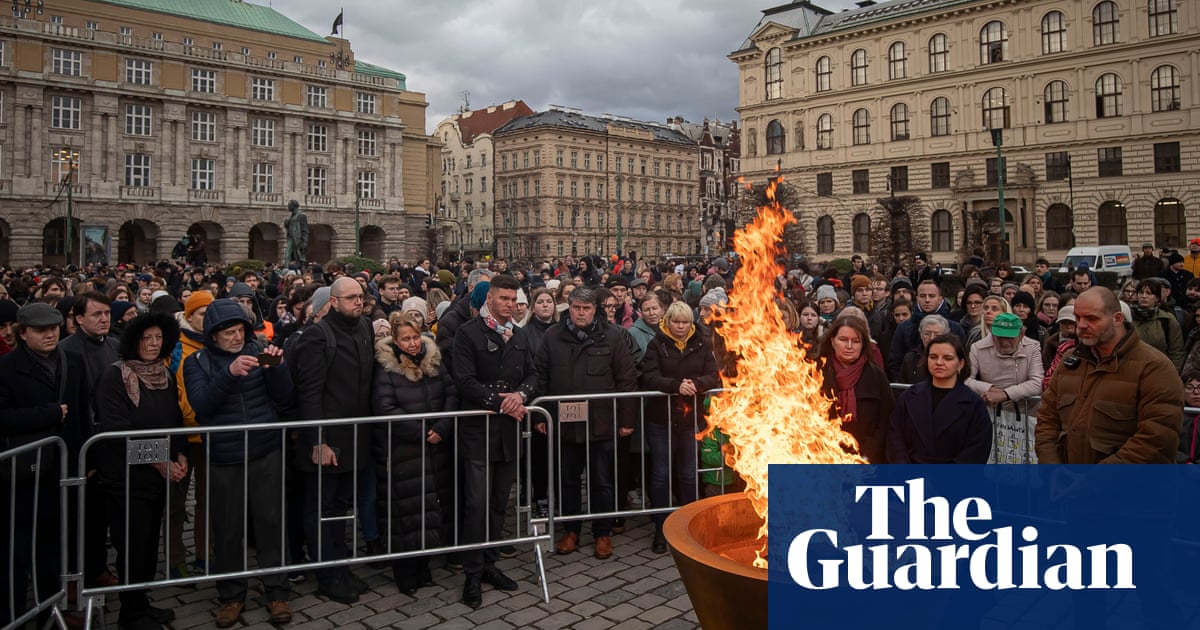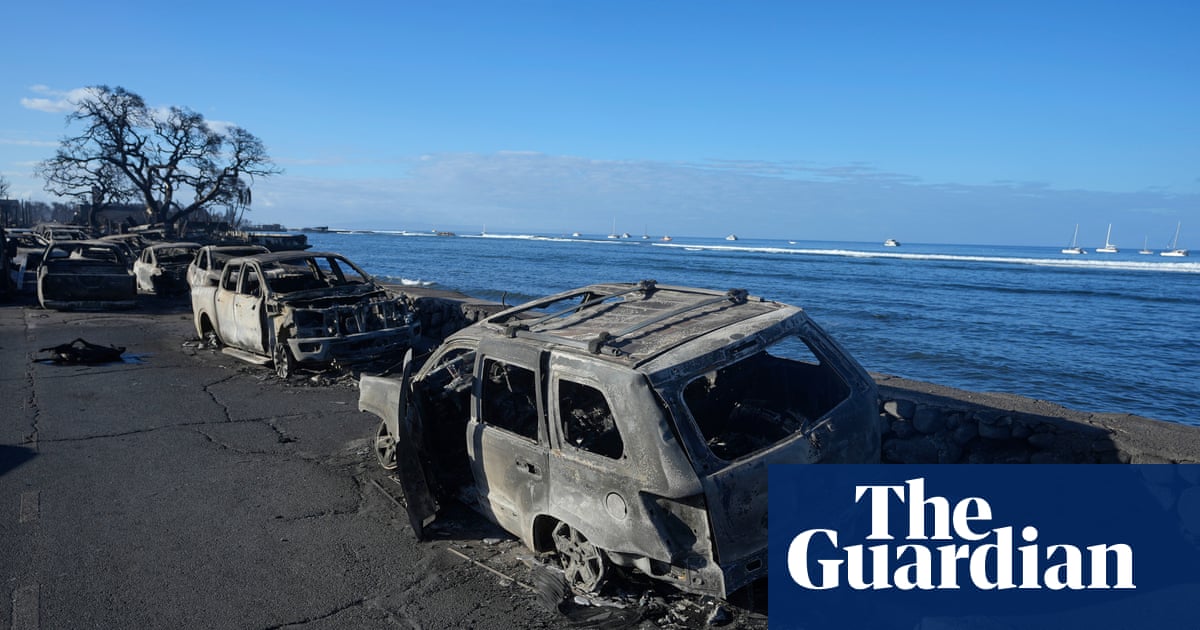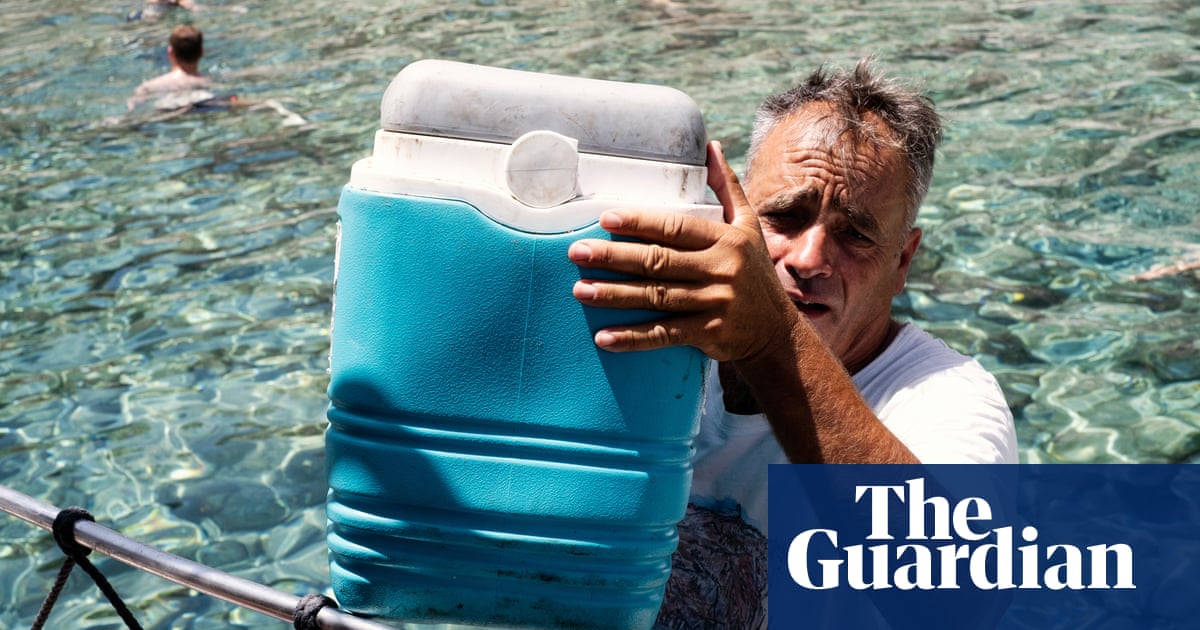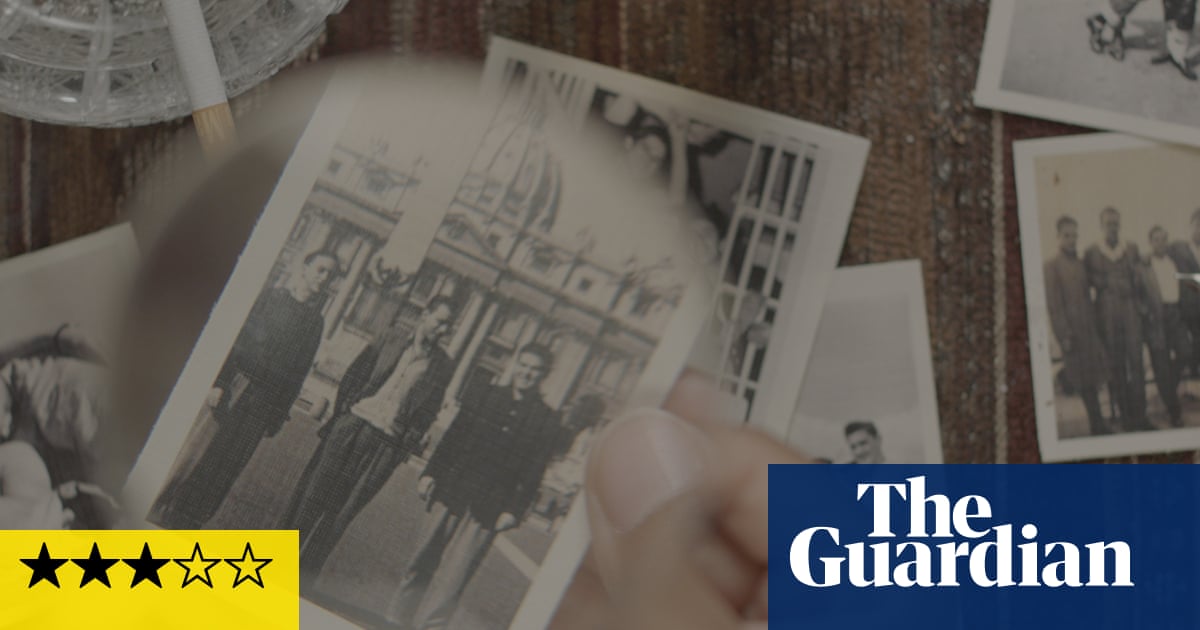
They marched silently through the heart of Prague, coming to a halt beneath the stone arches of the imposing building. Linking arms, the crowd of more than 1,000 people encircled the building where, two weeks earlier, the country’s worst mass killing took place.
“It was a hug for the building,” said Jakub Jirsa, who heads the department of philosophy and religious studies at Charles University. “An evil thing happened there and we have to overcome it. The whole tragedy should not take it away from us.”
A fire was also lit which, tended to by a rotating roster of volunteers, was to keep burning day and night until the end of this month.
Sunday marked one month since a 24-year-old student opened fire at the university, killing 14 people and injuring more than 20. Police said the shooter killed himself as they closed in on him.
As police in the Czech Republic continue to piece together what happened, the staff and students of Charles University have grappled with the question of how to move forward from a tragedy that left 50,000 students, 10,000 staff and many others in the city reeling.
“Everybody was affected by it,” said Jirsa. “There’s this unity, but at the same time [the experience] is extremely plural.”
About 700 people were in the building on the day the shooter entered; some were trapped with him on the fourth floor, frantically erecting barricades in classrooms or attempting to hide along the building’s ledges, while others were evacuated as gunfire cracked through the building.
Some, like Jirsa, left the university just moments before the shooting began, others were miles away, watching the events unfold on the news.
Within hours, Jirsa began receiving updates from his students. “Dear Mr Jirsa,” read the first email. “The first year students managed to contact everyone via social networks from our year, we can say we are all fine.”
Minutes later another email came in, letting him know that the second year students had also contacted everyone in their year to confirm that nobody had been injured.
“It was amazing,” said Jirsa. “And immediately they went on, organising talks, organising meetings among themselves and being together and helping each other.”
The same spirit has reverberated across the institution, as initiatives, some organised by students, others by staff and the wider community, seek to carve out a space for people to work through what happened before classes resume in mid-February, said Martin Pehal, a vice-dean at the university.
On Sunday, those affected were invited to gather at the university for activities including art performances and a workshop to create a memorial using wax from the scores of candles left by mourners.
In the past weeks, several departments have held informal walks through the parks of Prague with students, while a concert for the university community and those who intervened in the shooting is also being organised for the end of the month.
“The idea, the rationale behind everything that we’re doing, is taking back agency in various areas,” said Pehal. “We’re sort of getting together in the square, opening up and trying to overcome this trauma that the communities went through, through creative work.”
Since the shooting, staff at the university contacted institutions in the US, Norway and Germany that had dealt with similar incidents, asking them for advice.
“They were quite explicit, you have to reopen the building as soon as possible,” said Pehal. “However, during the police operations, [the police] broke down almost 140 doors, they’re just destroyed.”
Even so, the university came together to offer limited access to students and lecturers to the building on Sunday. “The narrative that we want to provide is that of hope and healing,” said Pehal.
On Sunday, the one-day arts faculty opening was described by its dean, Eva Lehečková, as a “huge step in the healing process”. Speaking to reporters, she added: “The building has been rather quiet for a month and we are looking forward to the usual hustle and bustle.”
One month on from the tragedy, Jirsa said “most of the student body” appears to be coping quite well.
“There’s quite a lot of talk nowadays about how fragile the young generation is, you know the snowflakes and all this discussion about the fragility and oversensitivity of the generation,” he added. “But I think that this situation has shown how incredibly strong of a student body we have. Our students have shown courage, empathy, sympathy and [have been] there for one another. And that’s amazing.”












